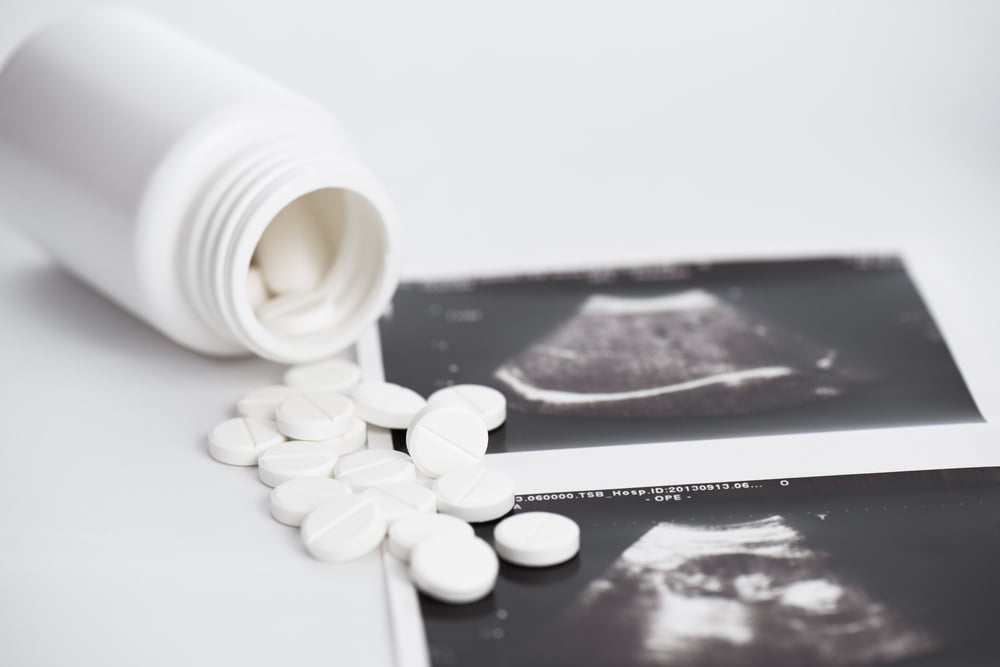Oregon a test state for mail-order abortion drugs
RU 486 (mifepristone) is a drug used with misoprostol to cause an abortion. The use of RU 486 has risen steadily since it was approved by the Federal Drug Administration in 2000. In its first decade of use, 1.5 million unborn babies lost their lives to this toxic drug combination. In 2001, chemical abortions made up six percent of all abortions; over the next decade, that percentage rose to 23 percent. That number increased to 35 percent by 2004. In 2016, the FDA relaxed its protocols for RU 486, approving smaller doses and allowing it to be administered up to 10 weeks of pregnancy rather than seven. At 10 weeks, the baby’s heart is already beating, his/her organs, limbs, and other features are in place, and he/she may already be sucking its thumb. Under the new rules, twice as many abortion patients become eligible for the drug, resulting in a noticeable increase in chemical abortion numbers.
National Right to Life’s Randall O’Bannon predicted the new rules would increase profits for abortion facilities and reduce the number of staff needed. “It looks like this benefits the abortion industry and increases their potential customer base and revenues.” O’Bannon lamented, “It’s not clear that anything here makes it safer for women in the long run, and certainly nothing about a chemical abortion makes it any safer for the unborn child.”
An FDA study in 2001 revealed that RU 486 had caused the deaths of at least 14 women in the U.S. and dozens more worldwide. It also showed that 2,207 U.S. women were injured by the drug. Planned Parenthood admits that at least one woman every day is seriously injured by abortion in its facilities.
Chemical abortions can be more dangerous than surgical abortions, causing hemorrhaging, blood loss requiring transfusions, serious infection, and death.
Nationwide, for the first time, chemical abortion numbers are approaching surgical abortion numbers. In some states, chemical abortions have surpassed surgical procedures, with 55 percent of women seeking abortions in Michigan and 64 percent of women in Iowa choosing the chemical cocktail.
In Oregon, there were 8,460 abortions in 2015. Of those, chemical abortions numbered 3,211, representing 37.3 percent. In 2010, there were 9,990 abortions. Of those, 1,971 were chemical abortions, representing 19.7 percent.
This November, Oregon became one of four states to test mail-order abortion drugs, according to the New York Times (11-11-16). Other states include Washington, Hawaii, and New York. The process involves a woman chatting online with a medical professional (not necessarily a doctor), and having an ultrasound and bloodwork done at a medical facility. If results don’t reveal problems, she receives abortion drugs in the mail the next day and has an abortion at home without medical supervision. A follow-up ultrasound confirms the abortion is complete. Only Australia and Canada allow this practice. In the U.S., 19 states prohibit telemed/webcam abortions.
National Right to Life’s Carol Tobias asks, “If pills are sent through the mail, who are they supposed to call if they have a problem? There are serious downsides from the pills, and just talking to someone over a computer and sending pills in the mail, to me, that is just reckless!”





